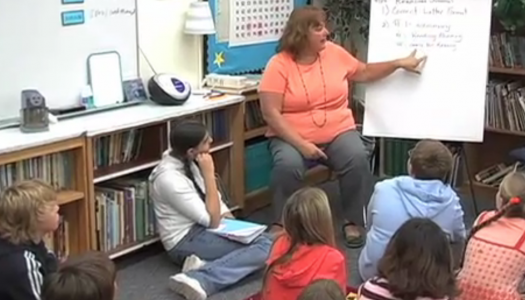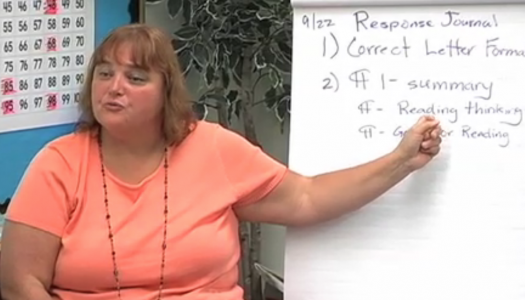3 Entry Ideas for Reader's Response Journals
Join Our Community
Access this resource now. Get up to three resources every month for free.
Choose from thousands of articles, lessons, guides, videos, and printables.
I will confess that I haven't been very consistent in keeping a personal Reader's Response Journal, nor have I been very diligent about expecting them from my students. It is thoroughly enjoyable to read through old journal entries, seeing how I connected with things I was reading at the time, and the truth is, it isn't hard to jot an entry; it just takes time (especially when you are a first grader). However, the more I read professionally about this practice, the more I am committed to working on it as in Patrick Allen's book, Conferring: The Keystone of a Reader's Workshop he says:

Giving learners a chance to jot down their thoughts and sharing those ideas teaches children three things:
- My thinking is important enough to write about.
- My thinking can lead to rich conversation.
- My thinking is valued.
In The Power of Reading; Insights from the Research, Stephen D. Krashen says,
...it is difficult to hold more than one thought in mind at a time. When we write our ideas down, the vague and abstract become clear and concrete. When thoughts are on paper, we can see the relationships among them, and can come up with better thoughts. Writing, in other words, can make you smarter (p. 137).
If you struggle with getting these valuable little journals going in your classroom, try the three entry ideas below.
1) Tie journal responses to comprehension strategies. For example:
- Jot down questions that come to mind as you read.
- Record inferences you make, and support with text.
- Record phrases that create strong mental images.
- Write what you think the author's purpose is and support with text.
2) Record writing that amazes you.
-
From Sahara Special by Esmé Raji Codell—(Shy girls) usually care more than anyone else about what other people think. It's like they're walking on ice, and the ice is made of other people's opinions (p.15).
3) Keep track of words you want to learn and use.
-
From The Miraculous Journey of Edward Tulane by Kate DiCamillo—His ears were made of real rabbit fur, and beneath the fur, there were strong, bendable wires, which allowed the ears to be arranged into poses that reflected the rabbit's mood—jaunty, tired, full of ennui (p.3).
With the addition of the Common Core and higher standards in our lives, these wonderful notebooks also help meet writing and language standards. By responding in journals to their reading, students can demonstrate their understanding of many concepts or standards at once. Reader's Response Journals also serve as a formative assessment, providing valuable information to teachers who wish to deliver meaningful, just-in-time instruction to the whole group, to a small group, or one on one.







